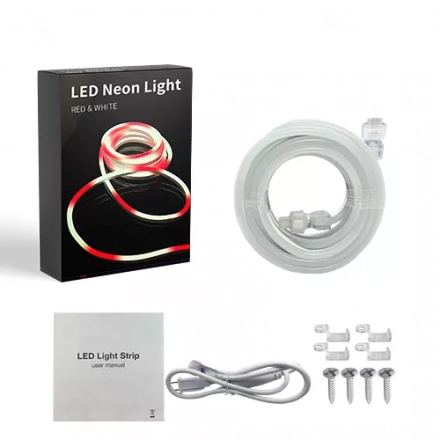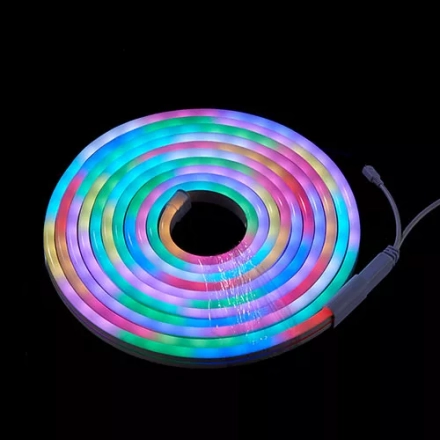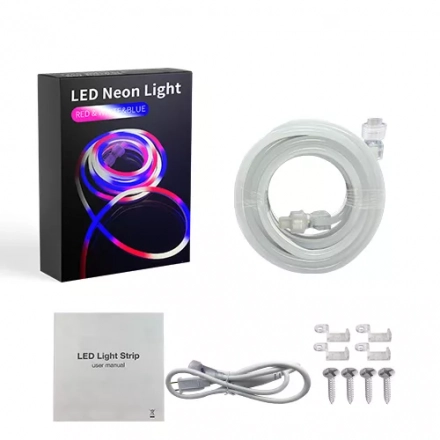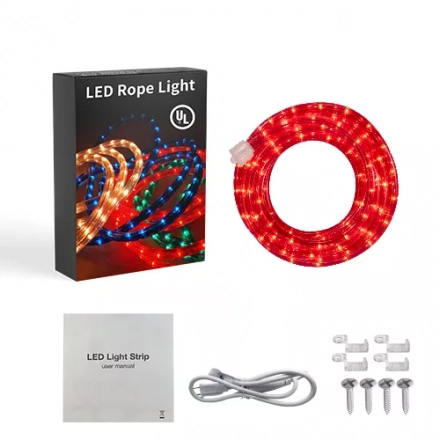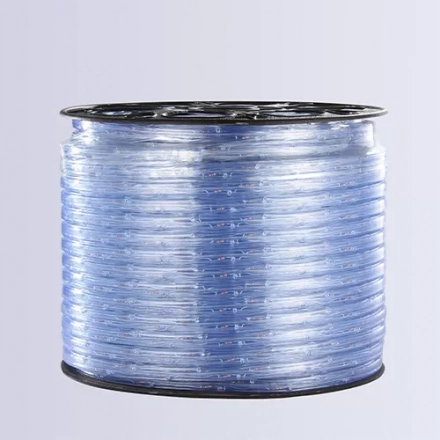Objective Analysis of the Potential of "LED Strip Light" in Reducing Eye Strain on the Back of a Television
LED strip lights have gained popularity in recent years for their versatility and aesthetic appeal. They are commonly used for decorative purposes, but some proponents suggest that placing LED strip lights on the back of a television can help reduce eye strain. In this article, we will objectively analyze the potential of using LED strip lights for this purpose.
Firstly, it is important to understand the factors that contribute to eye strain while watching television. One of the main culprits is the contrast between the bright screen and the dark surroundings. This contrast can cause discomfort and strain on the eyes, leading to symptoms like dryness, fatigue, and blurred vision. Proponents of LED strip lights argue that these lights can create an ambient bias lighting effect, which reduces the contrast and alleviates eye strain.
The concept of ambient bias lighting involves placing a soft, indirect light source behind the television to create a more balanced and comfortable viewing experience. The LED strip lights, when properly calibrated, can emit a gentle glow that extends beyond the television screen, providing a diffused illumination to the surrounding area. This reduces the difference in brightness between the screen and the room, creating a more relaxed visual environment.
Several studies have explored the effects of ambient lighting on eye strain. Research suggests that when the surrounding lighting matches the luminance of the screen, it reduces the strain on the eyes. The ambient lighting helps the eyes adjust to the overall brightness level, resulting in a more comfortable viewing experience. LED strip lights, with their adjustable brightness settings and color options, offer flexibility in achieving the desired ambient lighting effect.
However, it is important to note that the effectiveness of LED strip lights in reducing eye strain may vary depending on various factors. These include the quality and placement of the LED strip lights, the room's lighting conditions, and individual differences in visual sensitivity. Improper installation or excessive brightness of the LED lights could potentially create new sources of glare and discomfort, exacerbating eye strain instead of alleviating it.
Furthermore, while ambient bias lighting can help reduce eye strain, it does not address other factors that contribute to visual fatigue, such as prolonged screen time, improper viewing distance, and poor posture. It is crucial to adopt a holistic approach to eye health, which includes taking regular breaks, maintaining an appropriate viewing distance, and practicing good ergonomics.
In conclusion, LED strip lights have the potential to reduce eye strain when used as ambient bias lighting on the back of a television. Properly calibrated and positioned LED strip lights can create a more balanced visual environment, reducing the contrast between the screen and the room. However, it is essential to consider individual factors and ensure the lights are installed and adjusted correctly to avoid introducing additional discomfort. LED strip lights should be seen as a complementary measure rather than a sole solution for addressing eye strain while watching television.

